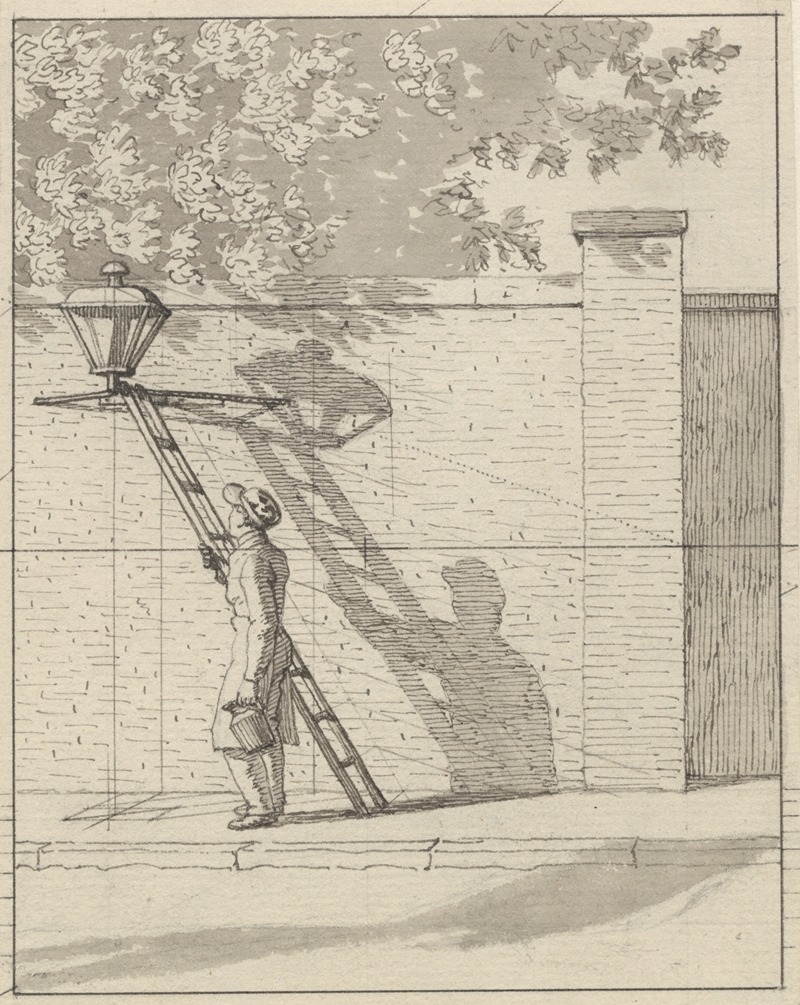
Linearperspektiven anvendt paa Malerkunsten – Tavle VI Gadelygten på parkens mur, Dagslys
A hand-painted replica of Christoffer Wilhelm Eckersberg’s masterpiece Linearperspektiven anvendt paa Malerkunsten – Tavle VI Gadelygten på parkens mur, Dagslys, meticulously crafted by professional artists to capture the true essence of the original. Each piece is created with museum-quality canvas and rare mineral pigments, carefully painted by experienced artists with delicate brushstrokes and rich, layered colors to perfectly recreate the texture of the original artwork. Unlike machine-printed reproductions, this hand-painted version brings the painting to life, infused with the artist’s emotions and skill in every stroke. Whether for personal collection or home decoration, it instantly elevates the artistic atmosphere of any space.
Christoffer Wilhelm Eckersberg, often referred to as the "father of Danish painting," was a prominent figure in the Danish Golden Age of painting. He was born on January 2, 1783, in Blåkrog, Denmark, and became a pivotal influence in the development of Danish art. Eckersberg's work is characterized by his meticulous attention to detail, his use of perspective, and his ability to capture light and atmosphere in his paintings. One of his notable contributions to art is his exploration and application of linear perspective, which he taught and demonstrated through various works and instructional pieces.
"Linearperspektiven anvendt paa Malerkunsten – Tavle VI Gadelygten på parkens mur, Dagslys" is one of Eckersberg's works that exemplifies his interest in perspective and light. The title translates to "Linear Perspective Applied to the Art of Painting – Plate VI The Street Lamp on the Park Wall, Daylight," indicating that this piece is part of a series focused on the application of linear perspective in painting. This series was likely intended as an educational tool, demonstrating how artists could employ perspective to create a sense of depth and realism in their work.
Eckersberg's dedication to teaching perspective is well-documented, as he was a professor at the Royal Danish Academy of Fine Arts in Copenhagen from 1818 until his death in 1853. During his tenure, he influenced a generation of Danish artists, including notable figures such as Wilhelm Bendz, Christen Købke, and Martinus Rørbye. His teachings emphasized the importance of drawing from life and understanding the mathematical principles of perspective, which were crucial for creating realistic and harmonious compositions.
In "Tavle VI Gadelygten på parkens mur, Dagslys," Eckersberg likely focused on the interplay of light and shadow, a common theme in his work. The depiction of a street lamp against a park wall in daylight would have provided an opportunity to explore how natural light affects surfaces and structures, casting shadows and highlighting textures. This attention to the effects of light is a hallmark of Eckersberg's style, reflecting his interest in capturing the transient qualities of the environment.
While specific details about this particular painting are limited, it can be inferred that Eckersberg's approach would have been methodical and precise, consistent with his other works. His paintings often exhibit a clarity and orderliness that stem from his rigorous application of perspective and his keen observation of the natural world.
Eckersberg's influence extended beyond his own works, as his teachings helped shape the direction of Danish art in the 19th century. His emphasis on perspective and realism laid the groundwork for the development of the distinctive style that characterized the Danish Golden Age. Through his paintings and his role as an educator, Eckersberg left a lasting legacy that continues to be celebrated in the history of art.
In summary, "Linearperspektiven anvendt paa Malerkunsten – Tavle VI Gadelygten på parkens mur, Dagslys" is a testament to Christoffer Wilhelm Eckersberg's dedication to the principles of perspective and his ability to convey the subtleties of light and shadow. Although specific information about this painting is scarce, it is representative of Eckersberg's broader contributions to art and his enduring impact on the Danish artistic tradition.





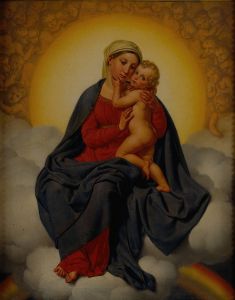

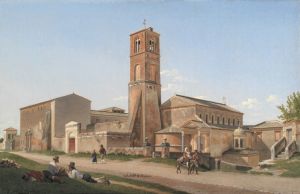
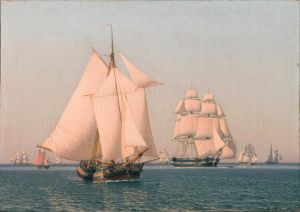
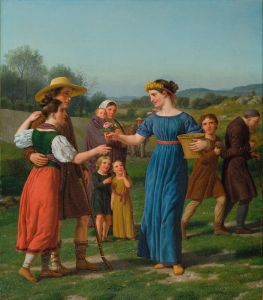
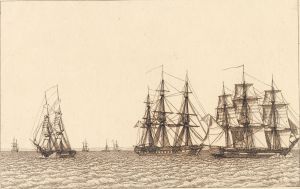

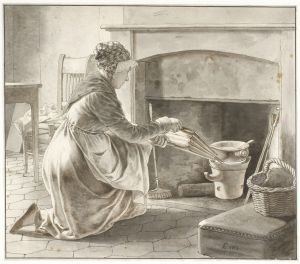
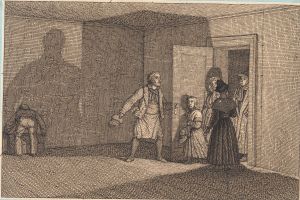
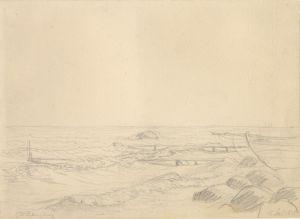
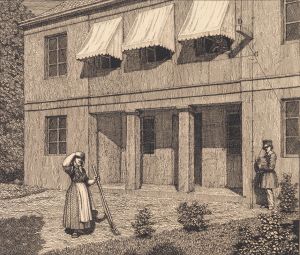
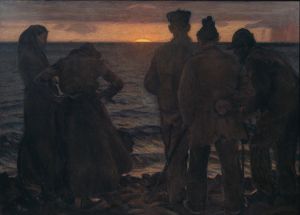
![Interior perspective drawings of Hotel Siwanoy, Mount Vernon, NY.] [Interior perspective of dining room](/imgs/249368/s/winold-reiss-interior-perspective-drawings-of-hotel-siwanoy-mount-vernon-ny-interior-perspective-of-dining-room-d26480cd.jpg)
